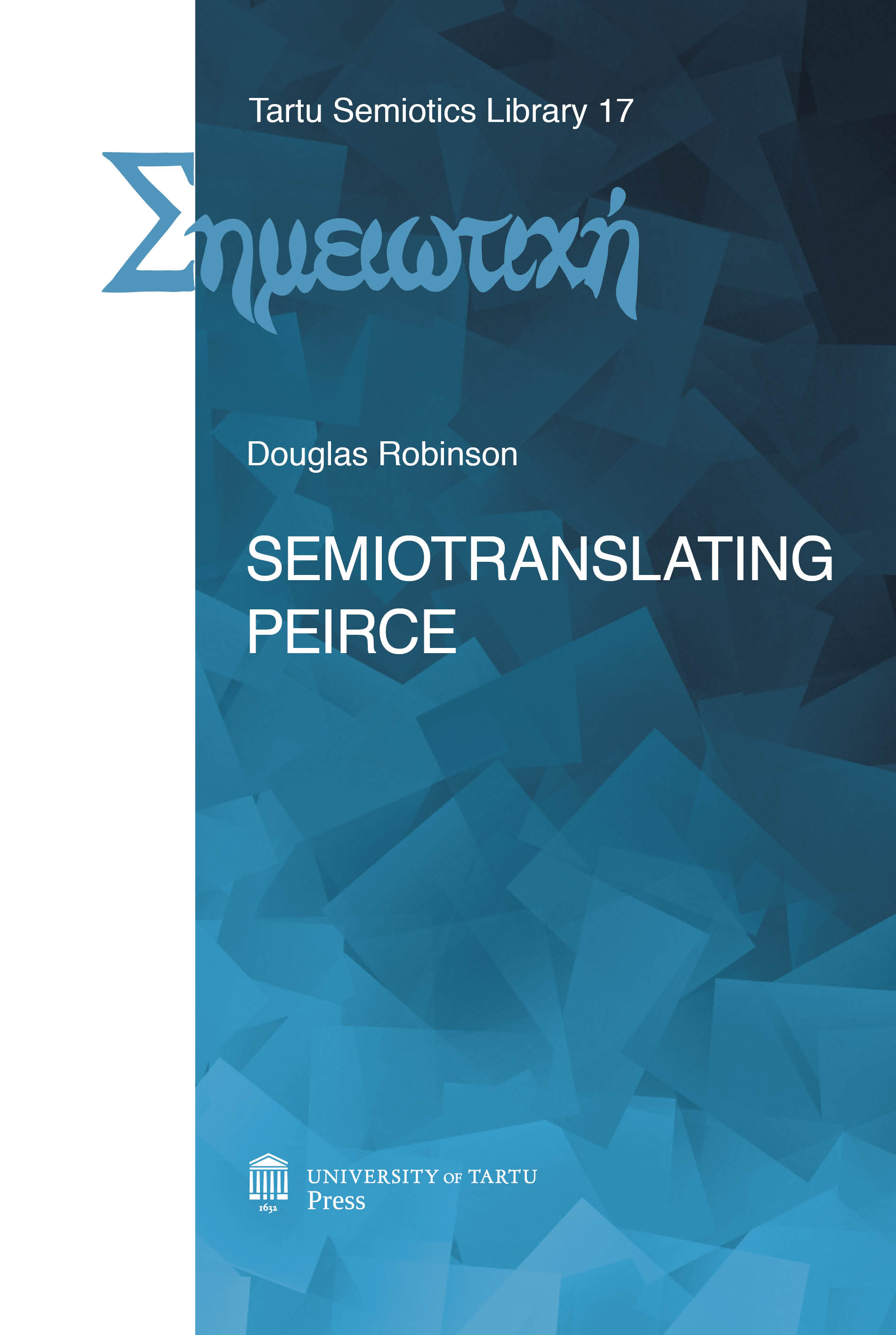Chapter 1. - Defining semiotranslation
Chapter 1. - Defining semiotranslation
Author(s): Douglas RobinsonSubject(s): Semiotics / Semiology, Semiology, Translation Studies
Published by: Tartu Ülikooli Kirjastus
Keywords: Semiotranslation; Dinda R. Gorlee; Translation; Semiotics;
Summary/Abstract: The post-Peircean concept that is the focus of this book was coined by the Dutch translation scholar Dinda R. Gorlée (1994: 231) at the end of her doctoral dissertation on Peirce and translation, titled Semiotics and the Problem of Translation: With Special Reference to the Semiotics of Charles S. Peirce. As Ritva Hartama-Heinonen (2008: ch. 5) has shown, Gorlée’s path from her first hesitant attempts to apply Peirce to the study of translation in 1986 to the formulation and articulation of semiotranslation at the end of her dissertation was gradual, and moved through a series of stages that Hartama-Heinonen calls “Peirce-inspired insights into translation,” “A Peirce-oriented approach to translation,” and “a Peirce-based approach to translation”; I want to hold off exploring that prehistory of semiotranslation theory until §4.1, and focus here in Chapter 1 on what Hartama-Heinonen (2008: 137) calls Gorlée’s “semiotranslational manifesto.” I encourage you to think of this first chapter, Peircestyle, as an abductive First – the abstract idea of semiotranslation, prior to inductive engagement with actual semiotranslation histories as Seconds, which follow in the second, third, fifth, and sixth chapters. Chapter 4 is another Second in this book’s overall semiosis, engaging more of the developmental complexity of semiotranslation as Gorlée works out the implications of her own theory in the 1990s and 2000s, culminating in Gorlée (2012). Chapter 7 is the book’s Third: a broader, more complex, more coherent, clearer “deduction” or “determination” (theorization) of semiotranslation arising out of the clashes between semiotranslation as idea and semiotranslation as actual translational and translation-theoretical practice.
Journal: Tartu Semiotics Library
- Issue Year: 2016
- Issue No: 17
- Page Range: 21-34
- Page Count: 14
- Language: English
- Content File-PDF

